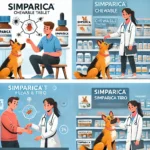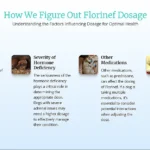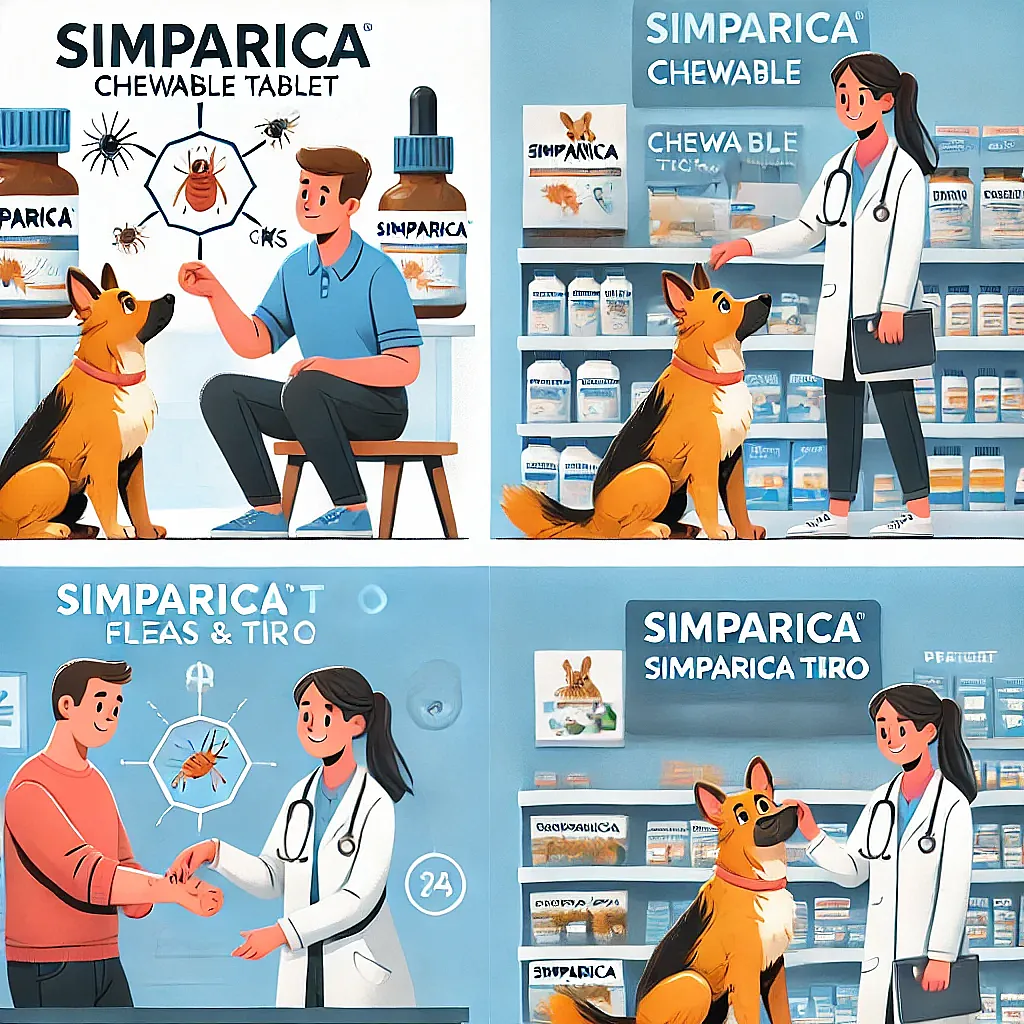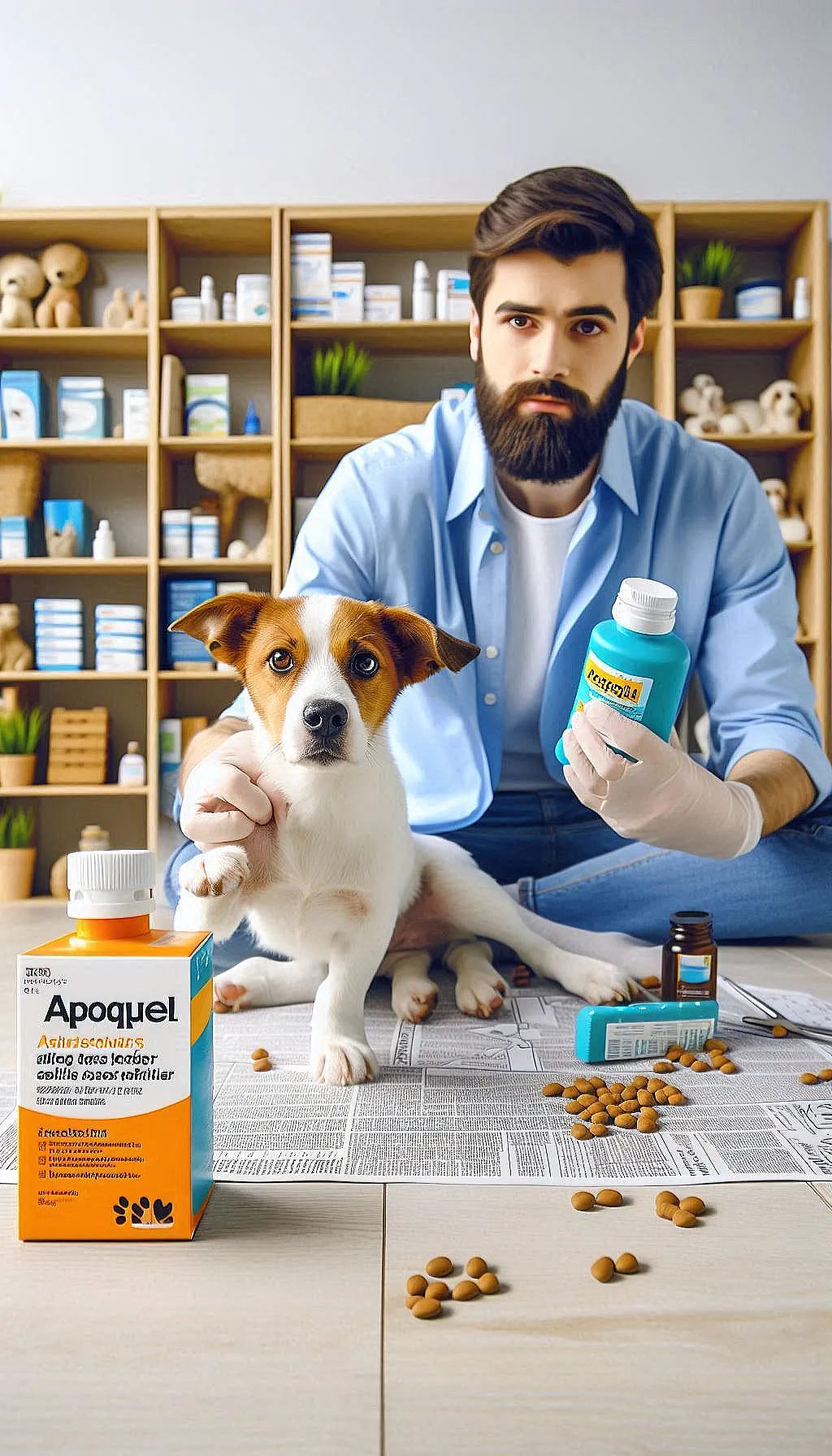While our furry friends bring immense joy to our lives, we owe them our responsibility to ensure their health and well-being. Understanding and recognizing potential threats like dog anemia is crucial for providing timely intervention and care.
Let’s delve deeper into this condition, covering everything from its causes and symptoms to diagnosis, treatment, and prevention.
Unraveling the Mystery: What is Dog Anemia?
Dog anemia occurs when the number of red blood cells (RBCs) or the amount of hemoglobin (the oxygen-carrying protein within RBCs) in a dog’s body falls below normal levels.
These vital components are responsible for transporting oxygen throughout the body and removing waste products. When compromised, it leads to a state of oxygen deficiency, impacting various functions and overall well-being.
Anemia doesn’t discriminate, affecting dogs of all breeds and ages, making awareness and vigilance essential.
Recognizing the Warning Signs: Symptoms of Dog Anemia
Early detection is paramount for effective management. Be observant of your dog’s behavior and physical appearance. Key symptoms that might indicate anemia include:
- Lethargy and Weakness: Reduced energy levels, reluctance to play or engage in activities they usually enjoy, and overall listlessness are telltale signs.
- Pale Gums: Healthy gums should be a vibrant pink color. Pale or white gums often indicate reduced blood circulation due to anemia.
- Loss of Appetite: A decreased interest in food or difficulty eating can be a symptom of various health issues, including anemia.
- Rapid breathing: If your dog is breathing heavily even at rest, it could be a sign of their body trying to compensate for reduced oxygen delivery.
- Other Potential Signs: Notice changes in their behavior, such as dizziness, excessive panting, vomiting, or dark-colored stools. These may require immediate veterinary attention.
Unearthing the Culprits: Common Causes of Dog Anemia
Understanding the root cause of your dog’s anemia is crucial for proper treatment. Some of the most frequent culprits include:
- Parasites: Fleas, ticks, and internal parasites like hookworms can lead to blood loss, ultimately contributing to anemia.
- Nutritional Deficiencies: Lack of essential nutrients like iron, vitamin B12, or folic acid can hinder red blood cell production.
- Chronic Diseases: Underlying conditions like kidney disease, autoimmune disorders, or cancer can impact bone marrow function, affecting red blood cell production.
- Blood Loss: Injuries, internal bleeding, or surgical procedures can lead to a significant decrease in red blood cell count.
- Certain Medications: Some medications used to treat other conditions can have side effects that reduce red blood cell production.
Demystifying Diagnosis: The Role of the Packed Cell Volume (PCV) Test
Veterinarians rely on various diagnostic tools to confirm anemia and determine its severity. The Packed Cell Volume (PCV) test is a cornerstone, measuring the percentage of red blood cells in your dog’s blood. Based on the PCV level and other clinical findings, your veterinarian can diagnose the type and severity of anemia and recommend the appropriate course of treatment.
Charting the Path to Recovery: Treatment Approaches
Once the underlying cause is identified, treatment can begin. Several approaches might be employed, depending on the severity and cause of the anemia:
- Medical Intervention: Your veterinarian may prescribe medications to address the underlying cause, such as antiparasitic drugs for infections, antibiotics for bacterial infections, or immune-suppressive medications for autoimmune diseases.
- Blood Transfusions: In severe cases where red blood cell levels are critically low, a blood transfusion may be necessary to immediately raise oxygen levels and support vital functions.
- Dietary Changes: Depending on the cause, dietary modifications might be recommended to address nutritional deficiencies or provide essential nutrients like iron and B vitamins.
- Supplements: Iron supplements may be prescribed to boost red blood cell production in cases of iron-deficiency anemia.
Prevention is Key: Protecting Your Dog from Anemia
The good news is that many forms of anemia are preventable. Here are some key steps you can take to safeguard your furry friend:
- Regular Veterinary Checkups: Scheduled appointments allow your veterinarian to monitor your dog’s health and detect potential issues early on.
- Effective Parasite Control: Implement a consistent parasite prevention program using veterinarian-recommended products for both internal and external parasites.
- Balanced Diet: Feed your dog a high-quality, complete, and balanced diet formulated for their age and activity level to ensure they receive all necessary nutrients.
- Early Detection and Intervention: Be mindful of symptoms and promptly consult your veterinarian if you notice any concerns. Early diagnosis and treatment significantly improve the outcome and prognosis.
Celebrating Progress: Signs of Improvement
- Increased Energy and Playfulness: Notice if your dog exhibits a renewed interest in playtime, walks, and activities they enjoy, indicating restored energy levels.
- Improved Appetite and Digestion: A healthy appetite and normal digestion signify their body is absorbing nutrients better.
- Rosier Gums: A return to vibrant pink gums reflects improved blood circulation and red blood cell count.
- Overall Positive Changes: Observe if your dog seems brighter, more engaged, and less lethargic, demonstrating an overall improvement in well-being.
Special Considerations: Puppies and Anemia
Puppies are particularly vulnerable to anemia due to their developing immune systems and rapid growth. Parasitic infections are a major concern, requiring regular deworming from a young age. Additionally, ensuring a nutrient-rich diet formulated for puppies is crucial for optimal development and red blood cell production.
Iron Deficiency: A Closer Look
Iron plays a vital role in red blood cell production. Deficiencies can lead to anemia, causing fatigue, weakness, and other health issues. While certain dog breeds are predisposed to iron-deficiency anemia, any dog can be affected. Consult your veterinarian about including iron-rich foods like lean meats, leafy greens, and organ meats in your dog’s diet, but always follow their guidance to avoid potential imbalances.
Exploring Natural Approaches: Home Remedies for Anemic Dogs
While veterinary care is paramount, supportive measures at home can aid your dog’s recovery. Remember, these should never replace professional diagnosis and treatment:
- Dietary Supplements: Consult your veterinarian about introducing safe and appropriate supplements like omega-3 fatty acids or B vitamins that can support their health.
- Stress Reduction Techniques: Stress can worsen anemia symptoms. Provide a calm and relaxed environment, engage in soothing activities like gentle massage, and use calming aids recommended by your vet.
- Herbal Remedies: Herbs like dandelion root and milk thistle are known for their liver-supporting properties, but their use and safety require prior veterinary consultation.
Conclusion: A Journey of Knowledge and Care
By embarking on this journey of understanding dog anemia, you empower yourself to be a proactive advocate for your canine companion’s health. Early detection, prompt veterinary intervention, and preventive measures like regular checkups, parasite control, and a balanced diet can significantly reduce the risk and impact of this condition. Remember, your love and attentiveness, coupled with responsible pet ownership practices, pave the way for a happy and healthy life for your beloved furry friend.









